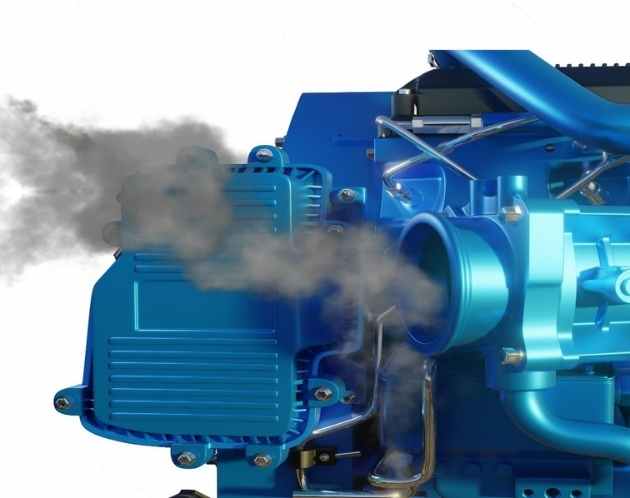
We Are Looking For Products You Search


Engine runaway is a dangerous condition that is more common in diesel engines than gasoline engines. If not properly handled, a runaway engine will almost always end up completely destroying itself.
If runaway occurs while driving, the vehicle may accelerate on its own, without any throttle request. Knowing what runaway is and what causes it will help to understand how best to handle it.

As you probably already know, being on a diesel-focused blog, diesel engines use high compression to ignite diesel fuel, i.e. compression ignition. The high heat and pressure inside the cylinder cause the diesel fuel to explode. Under normal circumstances diesel fuel is the only fuel source that is getting into the cylinder. But, since many items can function as fuel, problems arise when a different source of fuel is present. Engine runaway occurs when the engine is running on something other than the primary fuel source and this other source is uncontrolled/unmetered. The most common fuel source in engine runaways is engine oil.
Do not put the vehicle in neutral! Being in neutral takes load off the engine and will cause the engine to accelerate quickly.
Use your brakes to completely stop the vehicle and turn off the engine! Keep the car in gear and use the brakes to slow the car down. An out-of-control engine actually produces very little power, so it should be easy to slow the car using the brakes even when in gear.
If you are working on the engine and it runs away, you need to stop the engine’s source of air as quickly as possible. Combustion can’t occur if the engine can’t get oxygen, so suffocating the engine will stop the runaway. A engine in runaway will stop within seconds if you block the air intake.
Typically a runaway that isn’t handled properly using the methods above will either be completely destroyed or require substantial engine rebuilding. A runaway engine will continue to accelerate, way above the redline, until it physically cannot spin any faster. As the engine spins faster, engine oil that usually coats internals such as crankshaft and connecting rod bearings starts flying off these surfaces. The engine could seize and cause crankshaft damage on the bearing surfaces, or, some component many completely break/sheer off. It isn’t uncommon that a part of the engine, usually a connecting rod, breaks and punches a hole in the cylinder block. Another scenario can occur called “hydrolocking” – hydrolocking occurs when so much liquid – like engine oil – enters the cylinder that the piston cannot move up to the top of its stroke. This, too, will cause the engine to seize.
If your engine had a runaway and it was not caught before the engine seized on its own, the first thing to determine is why it seized. You can obtain parts to attempt to repair an engine that has been compromised due to metal-to-metal contact, but this can be costly, and it is often cheaper to buy the entire engine. However, in the hydro-locked engine, damage is typically limited to a few bent connecting rods.